Is China's NEV Program a Step Too Far?
【Summary】China, a country that once lagging in electrified-vehicle deployment, has become a global leader, according to an interesting new measurement created by consulting firm AlixPartners.
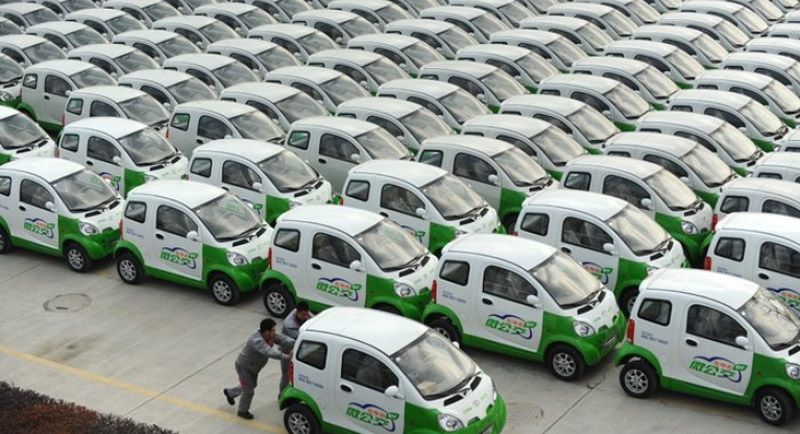
China, a country that once lagging in electrified-vehicle deployment, has become a global leader, according to an interesting new measurement created by consulting firm AlixPartners.
In the company's Automotive Electrification Index, a country's "e-range" is calculated by multiplying the number of electric vehicles sold by the electric range of those vehicles.
The Greater China region sold 14 million miles worth of electric range in the second quarter of 2017, compared to their ‘worst-in-class' 223,700 miles recorded in the first quarter of 2013.
By comparison other EV markets have recorded significantly less e-mileage:
Europe: 7.83 million miles
North America: 6.15 million miles
Japan and South Korea: 1.29 million miles
And these numbers are not merely of academic interest – this is proof of a country not only looking after the health of its citizens and reducing its strategic reliance on expensive crude oil, but also showing its intention to take the lead in writing the next chapter in the history of road transport.
This chapter titled, ‘Dominating the new energy vehicle (NEV)', will be controversial and could revolutionize accepted automotive industry norms and practices.
China Makes a Move on the NEV with Quotas and Incentives
To combat air pollution and close the competitive gap between its newer domestic automakers and their global rivals, the Ministry of Industry and Information Technology has called for electric and plug-in hybrid cars to make up at least 20% of the country's light-vehicle sales by 2025.
In an attempt to encourage ownership the central government is offering subsidies of up to 44,000 Yuan ($6,333) for EVs with a driving range of 250 kilometers and above, while local government subsidies of up to 50 percent of that offered by the central government, are also available. However it's important to note that only domestically built EVs, plug-in hybrids and fuel cell vehicles qualify for these subsidies.
The efficacy of this strategy is plain to see: Sales of electric vehicles and plug-in hybrids jumped to 68,000 units in August 2017, 76 percent higher than August 2016.
Unfortunately, as with any incentive driven scheme the NEV program is not only plagued by fraud but is also not sustainable in its current form, leading to China announcing an updated Californian-style, carbon credit NEV program to take effect on a trial basis in 2017, with strict enforcement beginning in 2018.
The new program will require automakers that assemble more than 2,000 vehicles in China, or import the same number of vehicles into the country, to significantly raise EV output over the next three years.
The program intends to increase the EV sales quota from 8 percent of new-car sales in 2018 to 10 percent in 2019 and finally 12 percent in 2020.
The quotas are not fixed, and automakers can amass credits depending on the type of powertrain: Plug-in hybrids are weighted differently to EVs and fuel cell cars.
In drafting the program President Xi Jinping's government has leveraged a two-fold opportunity to boost the local automotive industry: By driving the development and sales of clean vehicles,
China not only addresses the crippling air pollution but also locks in the country's position as a future leader in light duty vehicle development.
As can be expected the plan has met with stiff resistance from foreign automakers.
For a joint venture such as BMW Brilliance, that built just over 300,000 cars in 2016, this would have meant sales of 12,000 EVs to meet the quota. The manufacturer had no EVs!
In a last minute appeal to the Chinese government, in June 2017, global automotive manufacturers sent a letter to China's Minister of Industry and Information Technology requesting a delay and softening of the ambitious electric and hybrid car quotas.
Signed by the American Automotive Policy Council, the European Automobile Manufacturers Association, the Japan Automobile Manufacturers Association and the Korea Automobile Manufacturers Association the representation called penalties for noncompliance unnecessarily excessive.
"The proposed rules' ambitious enforcement date is not possible to meet, and if unchanged would lead to a widespread disruption of the product portfolio of most automakers operating in China. At a minimum, the mandate needs to be delayed a year and include additional flexibilities," the letter said.
Consequently the automakers requested a delay in implementation of the quotas, asked for the system of credits to become more flexible and for China to reconsider penalties for not reaching the quotas.
Unexpectedly it appears as if the Chinese regulators are considering the objections: One idea being to reduce the quota by 2 percentage points each year, cutting the 2018 requirement to 6 percent, increasing to 8 percent in 2019 and 10 percent in 2020.
Another option would be to push back each target by a year, with the 8 percent quota starting from 2019.
While China may be willing to appease foreign manufacturers on quotas, regulators may be less accommodating when it comes to technology transfer and licensing.
China Demands Foreign Technology
Although domestic automakers only produce vehicles under their proprietary brands, they are eager to upgrade the design and engineering prowess of their products to better compete with global brands.
Chinese brands such as BYD, Chery and Zhidou produced a record number of EVs without foreign help last year. But those models come up short in terms of range, comfort, efficiency and durability.
By way of example: State-owned Chery Automobile Co. sells its small eQ1 EV for $7,500 to $14,700 after subsidies. But the car's top speed is only 100 km per hour, and its maximum range is 180 km.
By international standards, the eQ1 is not competitive, which is why China is so determined to capture foreign technology by applying complex trade and manufacturing regulations:
Because the 25 percent import tariffs remain prohibitively high, automakers will have to manufacture EVs in China to meet the NEV quotas
To produce vehicles in China foreign automakers must have a local partner, and that partner must own no less than 50 percent of the venture
Seeing local partners as potential rivals, foreign automakers have historically protected proprietary technology by developing and engineering vehicles back home and then assembling them at joint ventures in China.
To counter this practice, the Chinese Government intends introducing one more factor, which is a dramatic departure from past practice: All intellectual property introduced under EV joint ventures is to be owned by both partners immediately.
Under current rules, the Chinese JV partner acknowledges intellectual property and pays royalties for it.
This deviation from accepted international norms has drawn harsh and immediate criticism from American and European governments: The U.S. Trade Representative, Robert Lighthizerhas, has been tasked with investigating China's treatment of American intellectual property; while the ruling has been roundly criticized by Michael Clauss, Germany's ambassador to China, as an example of "less openness and a lack of rule of law" in China, claiming foreign automakers would have to localize not only production but also the entire EV development process in China.
Responding to these concerns China announced in September 2017 that discussions are underway to allow foreign carmakers to set up wholly owned electric-vehicle businesses in its free trade zones.
If the policy is approved, it would be a landmark departure from the existing rules requiring foreign automakers to form joint ventures with local counterparts and may bypass the intellectual property clause in the NEV. The plan could be enacted as early as next year, automotive industry sources said.
However, it's not only EVs that are effected; the new regulations would also require the EV traction battery to be built locally, (although that rule might be relaxed) which could be trouble for a company such as Volkswagen that doesn't source battery cells from a Chinese supplier.
With European investment in battery technology lagging far behind China, many EU suppliers want the car industry to keep its options open, even those regarding electric vehicle production.
Roberto Vavassori, president of the European Association of Automotive Suppliers (CLEPA) warned that a headlong rush to EVs would be tantamount to handing business to China, which along with South Korea and Japan dominate traction battery production.
Arguing the case for EU battery manufacture, Vavassori said: "We need to provide a sensible transition period that doesn't give unwanted gifts to our Chinese friends," estimating that European automakers were paying 4,000 to 7,000 euros ($5,000 to $8,000) to China for batteries for every electric car produced in Europe.
The stakes are high, with the auto industry as a whole providing around 12.6 million jobs in the European Union, or about 5.7 percent of the total labor market. And should the NEV program go through as it stands, a fair number of these positions would be relocated to China.
There's no doubt that the extra layer of complexity and competition will make China an even trickier marketplace to navigate for foreign manufacturers, but what's of more concern is the possibility that China may usurp the technologies required for future EVs under the guise of the NEV program.
-

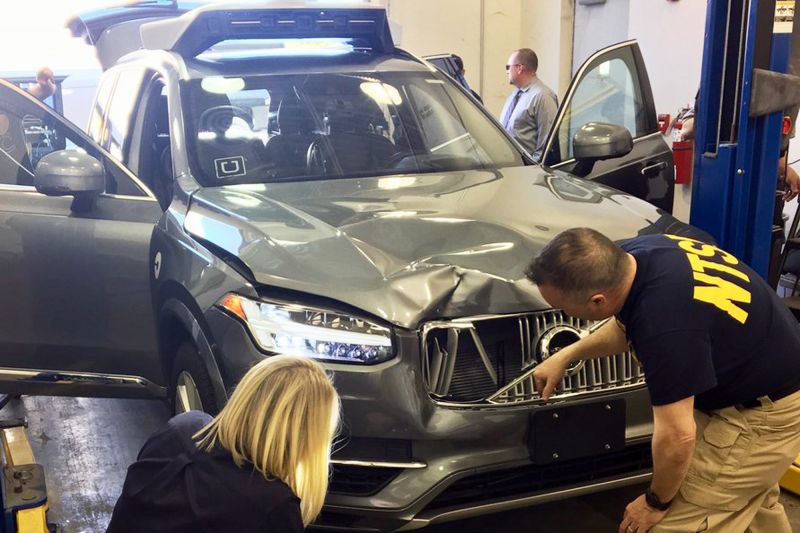
FEATURED COVERAGE: Testing Autonomous Vehicles to Save Lives in the Wake of Recent Accidents
-

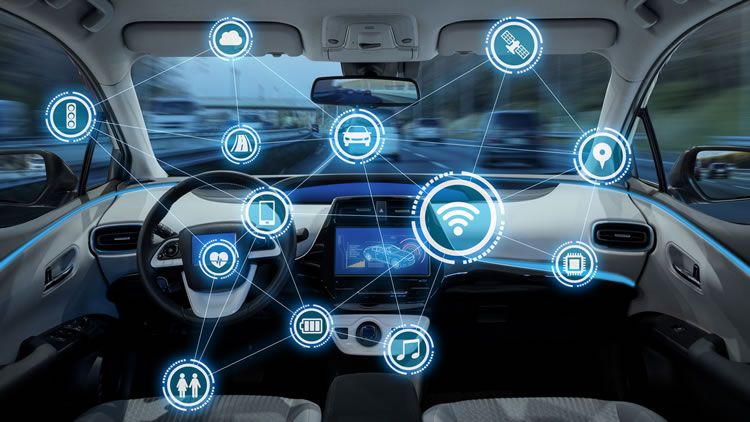
SPECIAL FEATURE: 5G Will Revolutionize Cars and the Networks That Support Them
-

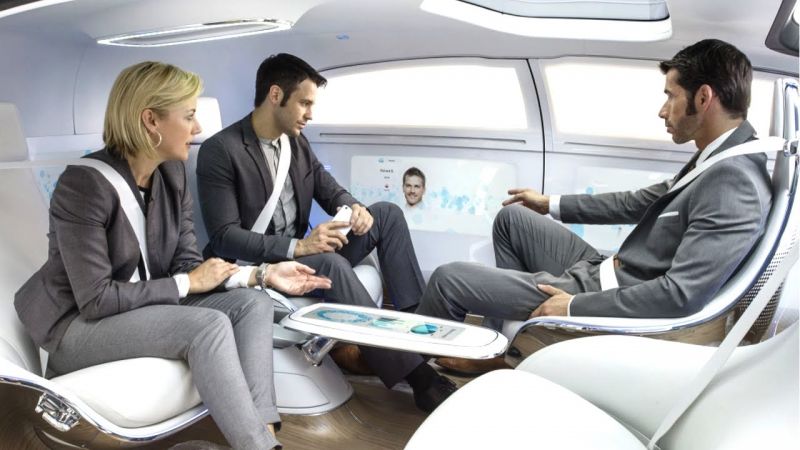
SPECIAL FEATURE: Unraveling the DNA of the Car of the Future, Part Three
-

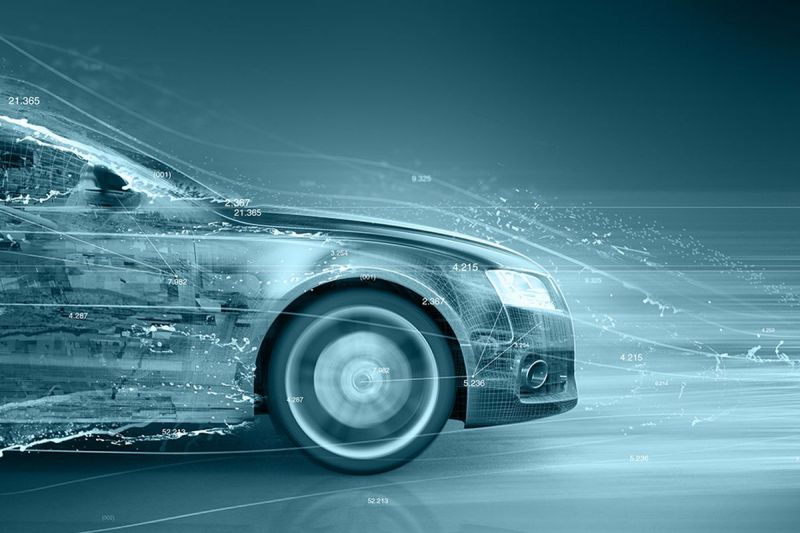
SPECIAL FEATURE: Unraveling the DNA of the Car of the Future, Part Two
-

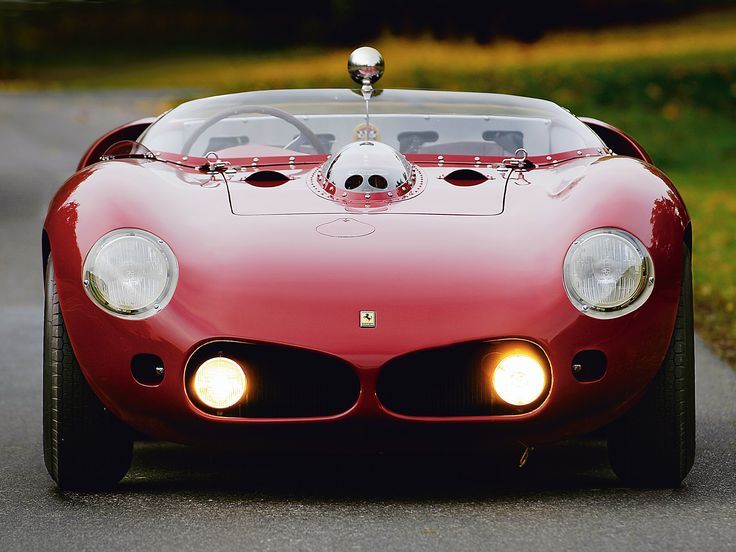
Sensors give smart cars a sixth sense
-

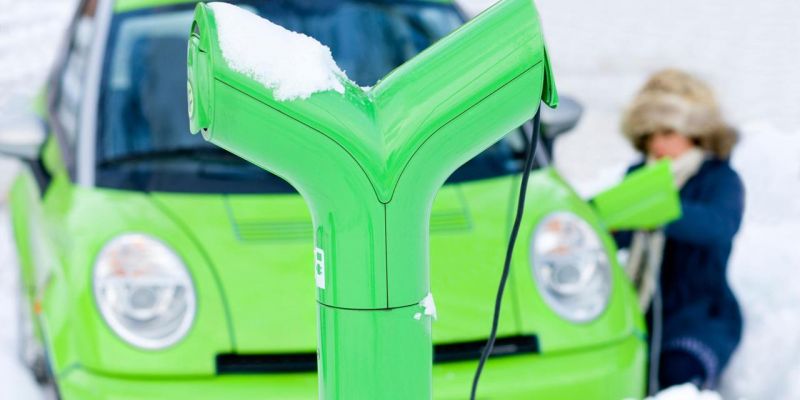
The give and take of EV charging
-


48 Volt: Life-Support for the Internal Combustion Engine
-

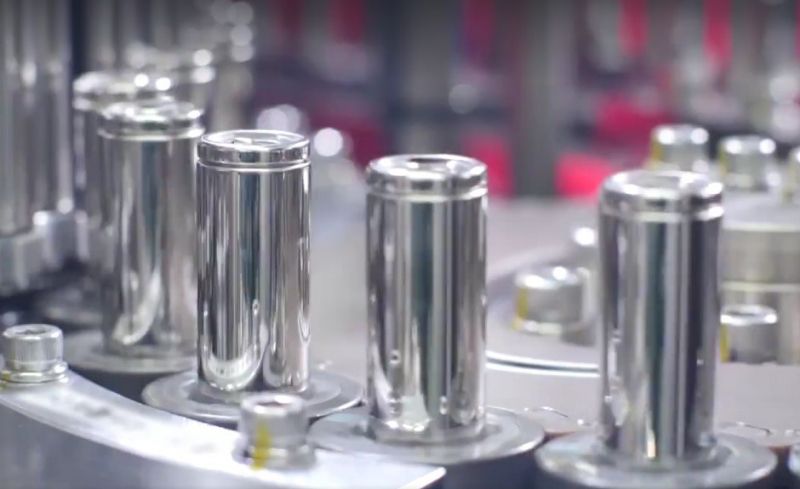
Is 2170 Tesla’s Magic Number?
- Panasonic Announces Multi-Year Agreement to Supply Electric Vehicle Batteries to Lucid Group
- The Affordable New Smart Brand Electric Crossover Designed by Mercedes-Benz Officially Launches in China
- Stellantis Acquires Autonomous Driving Software Startup aiMotive
- Volkswagen Group China Unveils its ‘Flying Tiger’ Electric Vertical Take-Off and Landing (eVTOL) Passenger Aircraft Prototype
- Tesla Sells 100,291 China-Built Vehicles in November, a Record High
- Tesla Rival NIO Reports a Record 31,607 Electric Vehicles Deliveries in Q3 as Demand Grows
- Volvo Cars and Epic Games to Partner on a High-Resolution 3D Digital Driver’s Display Powered by the Unreal Engine
- Tesla Rival XPeng and Alibaba Cloud Set Up China’s Largest Cloud-Based Computing Center to Train Machine Learning Models for Autonomous Driving
- GM's Rebate of up to $6,000 on the Bolt EV and EUV Has a Big Stipulation
- Hyundai's 2022 IONIQ 5 Electric SUV Awarded an IIHS 'Top Safety Plus' Rating











 About Us
About Us Contact Us
Contact Us Careers
Careers